In his opening speech, the leader of the People's Representative Newspaper emphasized: Resolution No. 42/2017/QH14 on piloting bad debt settlement of credit institutions has contributed to creating a specific legal mechanism, helping credit institutions accelerate bad debt settlement, ensuring the safety of banking operations and supporting economic growth.
However, since January 1, 2024, Resolution No. 42/2017/QH14 has expired, while many core regulations have not been codified in the Law on Credit Institutions amended in 2024, causing a legal gap affecting the effectiveness of bad debt handling and the ability of businesses and people to access credit.

Vice President and General Secretary of the Association Nguyen Quoc Hung, a banker at Vietnam Bank, said that there is currently a big problem. That is, after Resolution No. 42/2017/QH14 and the supporting circular expired, customers' debt repayment awareness has not improved but has become worse than before, even becoming more sophisticated. After 5-6 years of piloting the handling of assets according to Resolution No. 42/2017/QH14, many customers have found ways to avoid handing over assets, or if they do hand over, they try to get their benefits back, even creating more disputes to prolong the recovery process.
In Ho Chi Minh City, the number of lawsuits exceeds the capacity of the courts, overloading judges. Banks face many difficulties, especially in the period from 2007-2009 to 2021-2022, when bad debts on the balance sheet and potential risks increase sharply. If bad debts in banks are too large, credit supply will be limited due to credit safety regulations, requiring rapid restructuring of bad debts to resolve this situation.
Speaking at the workshop, Ms. Nguyen Thi Phuong, Director of the Legal Department, Joint Stock Commercial Bank for Investment and Development of Vietnam (BIDV), said that within the framework of current legal regulations, credit institutions are forced to accept that they do not have all the tools to handle bad debts as desired, so they will focus on permitted methods and measures. Currently, there are four main measures to handle bad debts applied: First is selling bad debts and collateral; second is buying and selling debts with organizations with functions such as VAMC or other organizations with the function of buying and selling bad debts; third is negotiating with customers, which is still the main method; and finally, if the above three measures cannot be implemented, they must go to court. However, in the process of applying these four measures, credit institutions still encounter many difficulties.
Many experts believe that in the context of a highly pressured economy and complicated developments in bad debt, the completion of the legal framework for handling bad debt is not only an urgent requirement to ensure the safety of the credit institution system, but also an important driving force to help unblock capital flows, creating a foundation for sustainable economic growth.
It is expected that the draft Law on Credit Institutions (amended) will be The National Assembly Standing Committee gave its opinion at the ongoing 44th Session, before submitting it to the National Assembly for consideration and approval at the monthly session in May 2025.
Source: https://baolangson.vn/tao-lap-khuon-kho-phap-ly-dong-bo-ve-xu-ly-no-xau-5044733.html






![[Photo] Buddha's Birthday 2025: Honoring the message of love, wisdom, and tolerance](https://vphoto.vietnam.vn/thumb/1200x675/vietnam/resource/IMAGE/2025/5/12/8cd2a70beb264374b41fc5d36add6c3d)




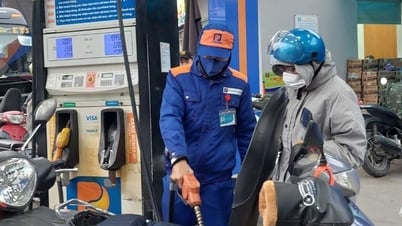






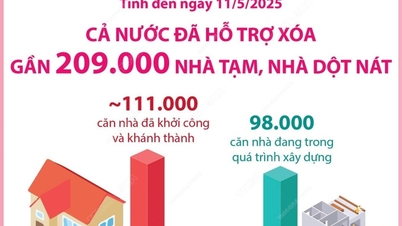
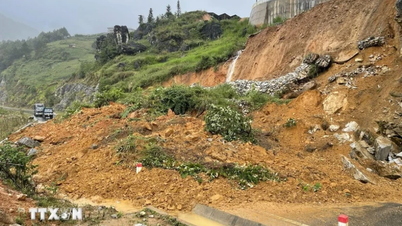

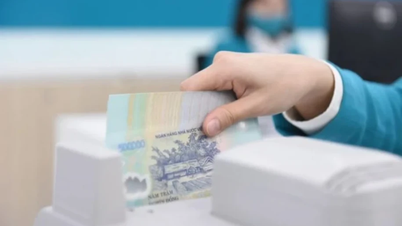

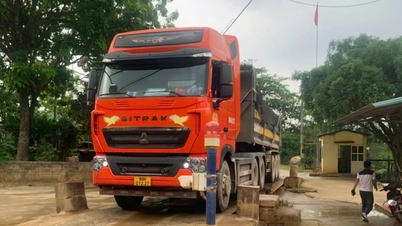
![[Photo] General Secretary To Lam arrives in Minsk, begins state visit to Belarus](https://vphoto.vietnam.vn/thumb/1200x675/vietnam/resource/IMAGE/2025/5/11/76602f587468437f8b5b7104495f444d)
![[Photo] General Secretary To Lam meets and expresses gratitude to Vietnam's Belarusian friends](https://vphoto.vietnam.vn/thumb/1200x675/vietnam/resource/IMAGE/2025/5/11/c515ee2054c54a87aa8a7cb520f2fa6e)




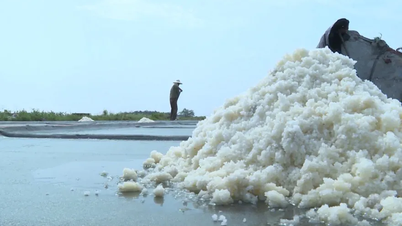







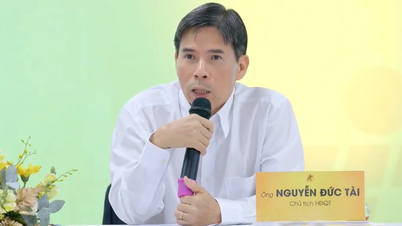

























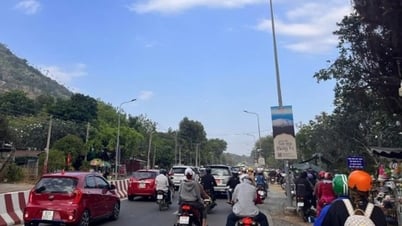

























Comment (0)